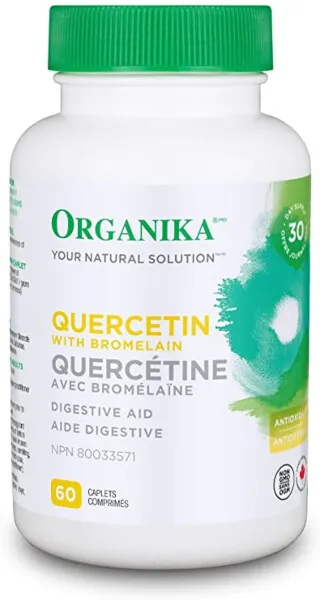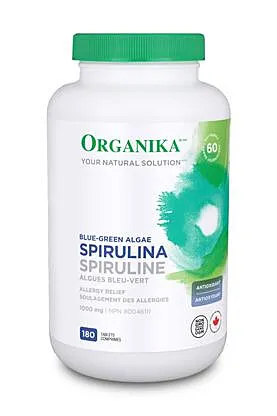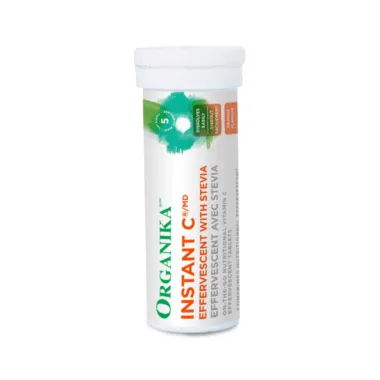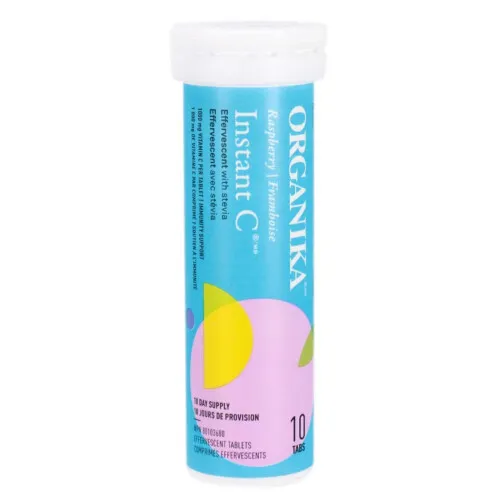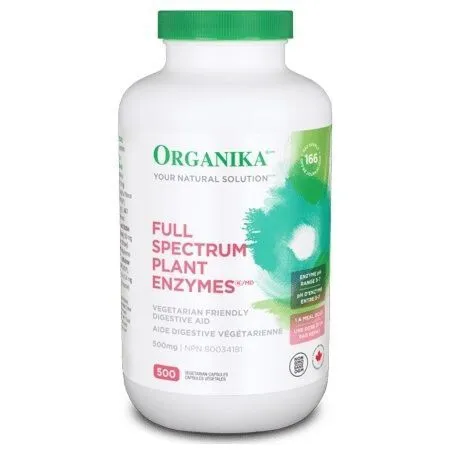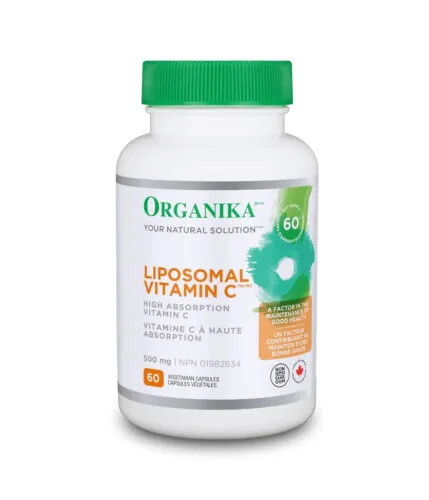Q: Why do we combine quercetin and bromelain?
A: Quercetin is not easily absorbed by the body on its own. When combined with bromelain, however, absorption is improved, allowing more benefits to reach your insides.
Q: How can I get more quercetin from my diet?
A: Quercetin is found in a variety of foods including apples, berries, Brassica vegetables, capers, grapes, onions, shallots, tea, and tomatoes, as well as many seeds, nuts, flowers, barks, and leaves. Even honey, depending on what flowers they pollinate, can be a source of quercetin.
Q: What about quercetin from herbal sources?
A: Quercetin is also found in Ginkgo biloba, St. John’s Wort, and elderberries in the more herbal category. Quercetin is one of the properties that make these herbs so effective.
Q: Where do you source your ingredients from?
A: Organika’s quercetin is sourced from the flowers of the Japanese Pagoda tree, Sophora japonica. The flowers have been used in Traditional Chinese Medicine for centuries. Bromelain is sourced from the stems of pineapples, Ananas comosus.
Q: Can I get more bromelain from my diet as well?
A: Yes! By eating ripe pineapple, particularly the harder core, you can eat some bromelain that can help maximize your digestion and inflammation.

